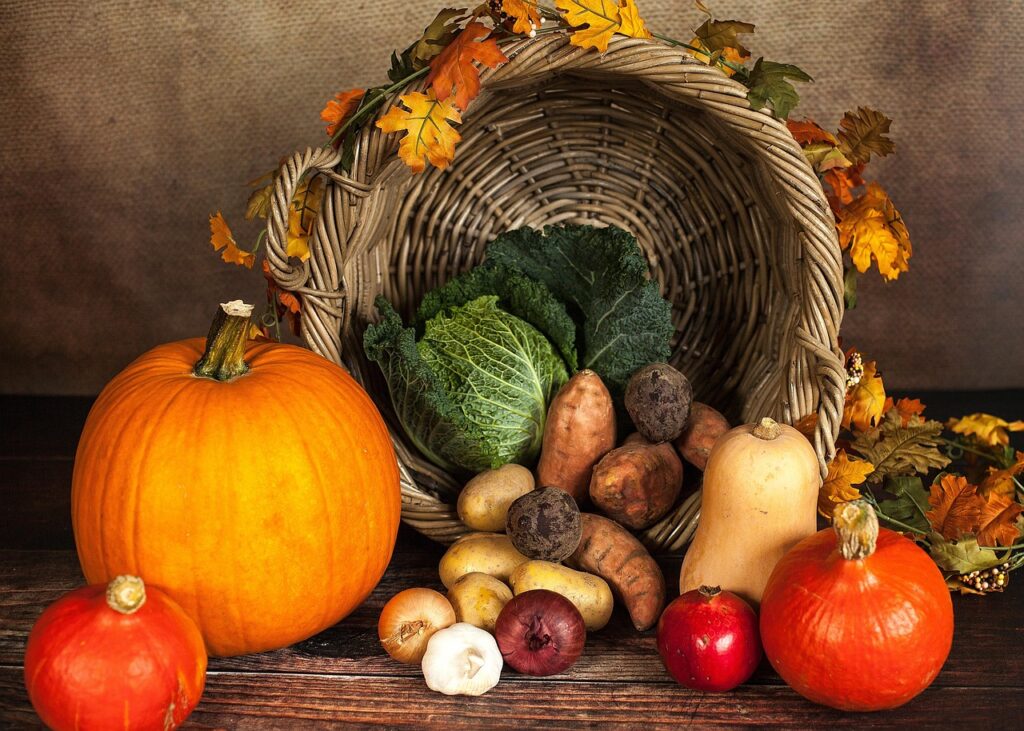Buying sustainably, acting sustainably, and now also cooking sustainably – these are the recommendations that are increasingly being touted and finding more and more followers. So this nutrition trend comes just in time: “From Leaf to Root” describes the idea of eating fruits and vegetables as altogether as possible – that is, “from leaf to root.”
In our throwaway society, too many things that could still be used end up in the trash can. This is also the case with fruit and vegetables. Delicious and healthy dishes can be prepared from peels, stalks, leaves, roots, and stems. Numerously published cookbooks take up this trend and show with new prescription suggestions that many plant components are too pity, to throw away.
It is not new that the peel of pome and stone fruits contains the most vitamins and secondary plant substances. The cleaned peel of cucumber, carrot, beet, radish & Co. is also quite suitable to be consumed. Individual vegetables such as kohlrabi can develop very firm peels depending on the season and variety. These should then be cut off.
Otherwise, however, vegetable peels or, for example, the outer cabbage leaves can be processed excellently into vegetable chips roasted in oil. Supposed vegetable leftovers such as onion peels or leek leaves, which previously ended up in the compost, can be perfectly cooked into a vegetable broth. The homemade broth will be kept in clean, sealable jars for several weeks. So there’s no shortage of recipe ideas. But what about the health limits of recyclability?
According to the German Federal Institute for Risk Assessment (BfR), not everything the fruit and vegetable plant brings with it should be put into the mouth without hesitation since not all parts of the plant have been adequately examined against the background of their consumption. Blanket recommendations on harmlessness are, therefore, not always possible. For example, it should be clear that the peels of conventional fruits and vegetables could be contaminated with preservatives or pesticides. In addition, certain parts of plants are not subject to mandatory monitoring for possible harmful residues because they have rarely been consumed.
It is, therefore, particularly important to clean fruit and vegetables thoroughly before eating them. To be safe, it is advisable to use foods that are either organically grown or from your garden. Right now, harvest time is in full swing!
- source: eucell.de/picture: Bild von Jasmine Lin auf Pixabay
This post has already been read 1088 times!



